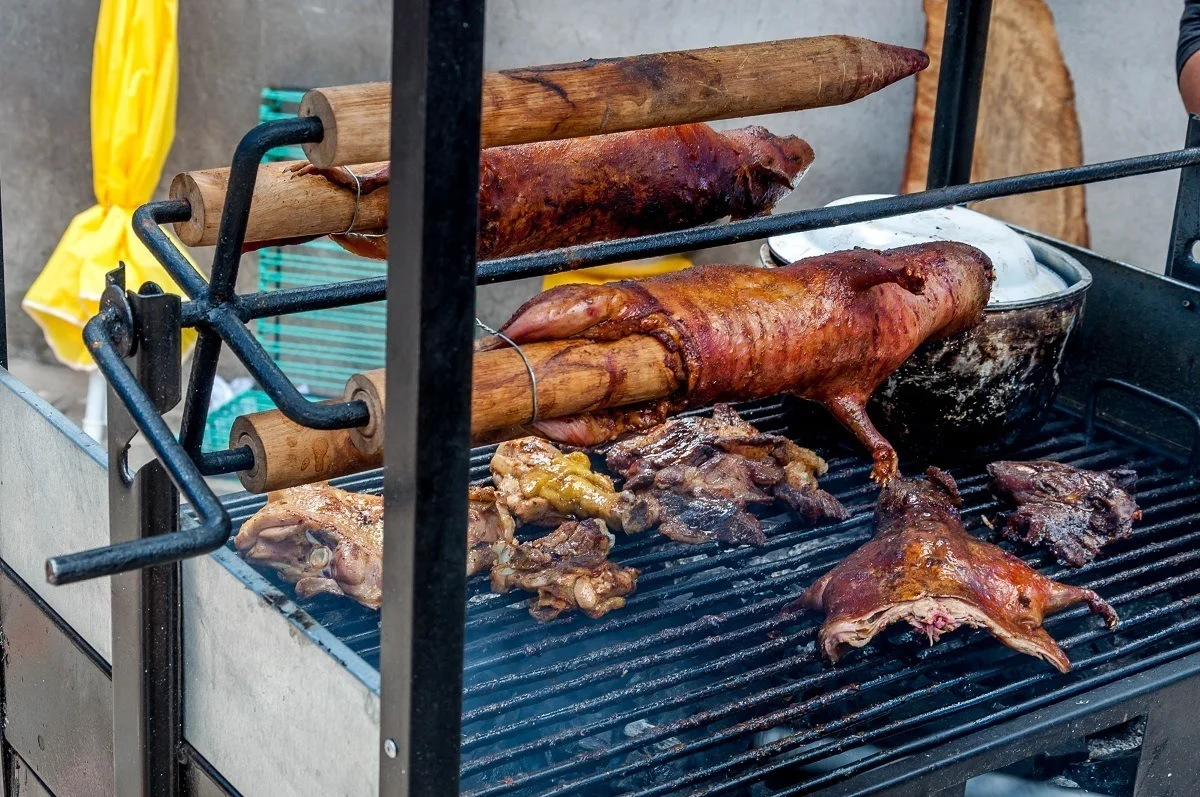
One of our favorite aspects of foreign travel is digging into the local cuisine of our destination. You can’t really understand a place or its culture if you don’t understand its food. We’d been to the Andes before (visiting neighboring Peru), so we thought we knew what we’d find in the food in Ecuador. We were wrong. Ecuadorian cuisine is similar to its neighbor but also unique, integrating local ingredients, while reflecting cultural differences. Here are our some of our favorite Ecuadorian food dishes and a couple of drinks from our two-week itinerary.
Bolon de verde
The bolon de verde or “The Ball” is a national dish of Ecuador. This baseball- or grapefruit-sized ball is absolutely delicious. Green plantains are mashed and made into ball around a filling of meat (usually pork) or sometimes cheese. The whole ball of goodness is then pan fried and served hot.
Traditionally, bolon de verde is served as part of an Ecuadorian breakfast or a late brunch. The bolon is very filling and helps workers get through their day. And it tastes amazing!
Cuy
Travelers to the Andes Mountains have all heard tales of local residents eating cuy (or, as we know it, guinea pig). Cuy is an indigenous food source and common to the diet in Ecuador, dating back to the times before domestic animals (namely cattle) were introduced by the Spanish.
We first encountered cuy during our time in Cusco, Peru, several years ago. Cuy has a naturally greasy, dark meat. We weren’t particularly impressed at the time, but we thought it might have had something to do with the restaurant where we ate.
So, on this trip to Ecuador, we sought out the freshest cuy possible at a local roadside food stall in an area called Paradero la Quinchenita. Once roasted over an open fire, the skin gets crispy and delicious. I’ll admit to enjoying this second try of cuy. So, if you’re traveling to Ecuador, this is one traditional Ecuadorian food you have to sample!
See: What to Pack for Ecuador and the Galapagos Islands
Fritada de chancho
The fritada de chancho (usually just shortened to fritada) is one of the most common and popular foods in Ecuador. We encountered this dish everywhere from the Avenue of the Volcanoes to the Galapagos.
The fritada is a piece of pork (often pork shoulder) which is boiled in water until the water evaporates, then fried, and finally finished in a somewhat spicy red sauce. The fritada is then served with sides of hominy, fava beans, corn, or potatoes – or all of the above. This is a very popular dish on the weekends and a brunch staple for most Ecuadorians.
Llapingachos
Llapingachos are one of the most popular dishes to eat in Ecuador because they’re simple and delicious. These potato patties are stuffed with cheese and pan fried until golden—crispy on the outside and soft and cheesy on the inside. You may see them made with yuca as a substitute for potato, but the flavor and texture are similar.
Llapingachos are often served alongside pork, a fried egg, avocado, and salad, and you’ll almost always see them with peanut sauce. So good!
Empanada de viento
The empanadas de viento (roughly translated as “air” or “wind” empanadas) are large pastries filled mostly with air and a little bit of gooey fried cheese. These Ecuadorian empanadas can fill the entire plate! These delicious bites are served all day long and are typically enjoyed with a sprinkling of sugar or dipped into aji hot sauce–or both. Of all the Ecuadorian foods we tried, this might be our favorite.
Ecuadorian aji hot sauce
There is only one certainty when it comes to Ecuadorian food. Wherever you are, whatever you are eating, and whoever is at your table with you, there will be aji somewhere on the table. It might be fresh in a bowl with a spoon or in a bottle from the store, but it will be there.
What is aji? It is the ubiquitous hot sauce of Ecuador. Aji is a cross between salsa and a condiment like ketchup. The base of the sauce is the fruit of the tree tomato (tomate de arbol in Spanish). I’d never heard of a tree tomato before, but it has a mild, tomato-like flavor. Aji is then spiced with a small amount of Aji pepper. Most aji sauce in Ecuador is medium spicy at best (mostly just flavorful, but not really hot), although you will encounter a few varieties that will knock your shorts off.
Bizcochos de Cayambe
In Cayambe, we discovered bizcochos. Throughout the entire town of Cayambe (between Quito and our visit to the Otavalo market), the road is lined on both sides with cafes and shops all proudly proclaiming they serve bizcochos. It’s an oddity to see a business not selling these Ecuadorian desserts. And with good reason–these light, flaky biscuits are a tradition dating back to the Spanish colonization of the town.
The bizcochos dough is flattened and divided into sticks, which are served a half-dozen at a time in brown paper bags. There is a ritual to eating bizcochos. First, you try a bite of the buttery biscuit all on its own to ensure it is perfectly cooked. Then you take a bite of the biscuit along with string cheese (called queso de hoja) and caramel dulce de leche dipping sauce.
I have to say, I’m not a huge fan of dulce de leche and I was skeptical how the cheese, sauce, and bizcochos biscuit would taste together, but it’s quite good. You’d never expect the flavors to blend, but the sweet and savory really work together. There’s a reason bizcochos are one of the more popular foods in Ecuador!
Choclo
Choclo is a variety of large-kernel corn, and it is fabulous. You’ll find it served boiled on the cob in restaurants or toasted as street food. Served with a slice of fresh cheese, it’s choclo con queso.
Fried plantains
Plantains are popular throughout Latin American cuisine. Similar to a banana, they’re versatile and can be served in lots of ways, including as chips, mashed, or in soups. One of our favorite ways to try them was baked as a street food. Slit lengthwise and stuffed with cheese, they’re an amazing treat when you’re on the go.
Humita
The humita is one of the most authentic Ecuadorian foods available. Humitas are essentially tamales–steamed masa and corn in a banana leaf. In Ecuador, humitas are either salty or sweet (we only encountered the salty variety on our trip) and can also contain onions, cheese, or eggs.
The indigenous Native Americans were making humitas long before the Spanish arrived in the Andes, making this one of the most authentic foods in the region. They are also incredibly cheap–just pennies to buy from the local seller with a push cart!
Pan de yuca
Pan de yuca is an Ecuadorian cheese bread. This traditional treat is made with yuca flour, cheese, butter, eggs, and milk. It’s often sold at yogurt shops with fruit-flavored yogurt drinks and is great for breakfast or a snack.
Shrimp ceviche
When it comes to food wars, the hotly contested battle of who invented ceviche is one of great rivalries. While most historians have sided with Peru, Ecuador now stakes its claim that it has the better ceviche. While this is certainly a value judgement, we’re going to side with Ecuador here.
The main difference between ceviche in Peru versus ceviche in Ecuador is that Ecuadorian ceviche is served in the citrus marinating juices and not drained, resulting in a kind of soupy broth. The fish and seafood retain more of their flavor this way.
Ecuadorian ceviche is usually garnished with tostado (a corn nut) and plantain chips. Shrimp is probably the most popular kind of ceviche in Ecuador, and for good reason since the country is one of the leading producers of farm-raised shrimp. Also, for those who are worried about the quality of their seafood (like me), Ecuadorian shrimp rank very well in independent international quality and sustainability studies.
Chirimoya fruit
The sweet, fleshy cherimoya fruit is a staple of Ecuadorian cuisine. The greenish fruit reminds me of an artichoke from the outside, but inside, the fragrant white pulp is a delicious treat, which is also high in antioxidants. Chirimoya also makes a great juice, which we had with breakfast several times. Driving between Otavalo and Quito, we discovered numerous pop-up stands by the side of the road selling Chirimoya to passing cars.
Enjoy: Seeing the Colorful Otavalo Market
Canelazo
Canelazo is a hot, spiced, alcoholic beverage served in the Ecuadorian highlands. Produced from sugar cane alcohol, the brew is spiced, usually with cinnamon or cloves, and served warm. It is traditionally associated with the holidays/Christmas time, but Ecuadorians have begun drinking it year round–especially as an aperitif.
Club
We always enjoy trying the local brew on our trips and discovered the local beer in Ecuador: Club (pronounced like “kloob”). It’s a lager-style beer from Guayaquil and very refreshing on a hot day!
Lance Longwell is a travel writer and photographer who has published Travel Addicts since 2008, making it one of the oldest travel blogs. He is a life-long traveler, having visited all 50 of the United States by the time he graduated high school. Lance has continued his adventures by visiting 70 countries on 5 continents – all in search of the world’s perfect sausage. He’s a passionate foodie and enjoys hot springs and cultural oddities. When he’s not traveling (or writing about travel), you’ll find him photographing his hometown of Philadelphia.

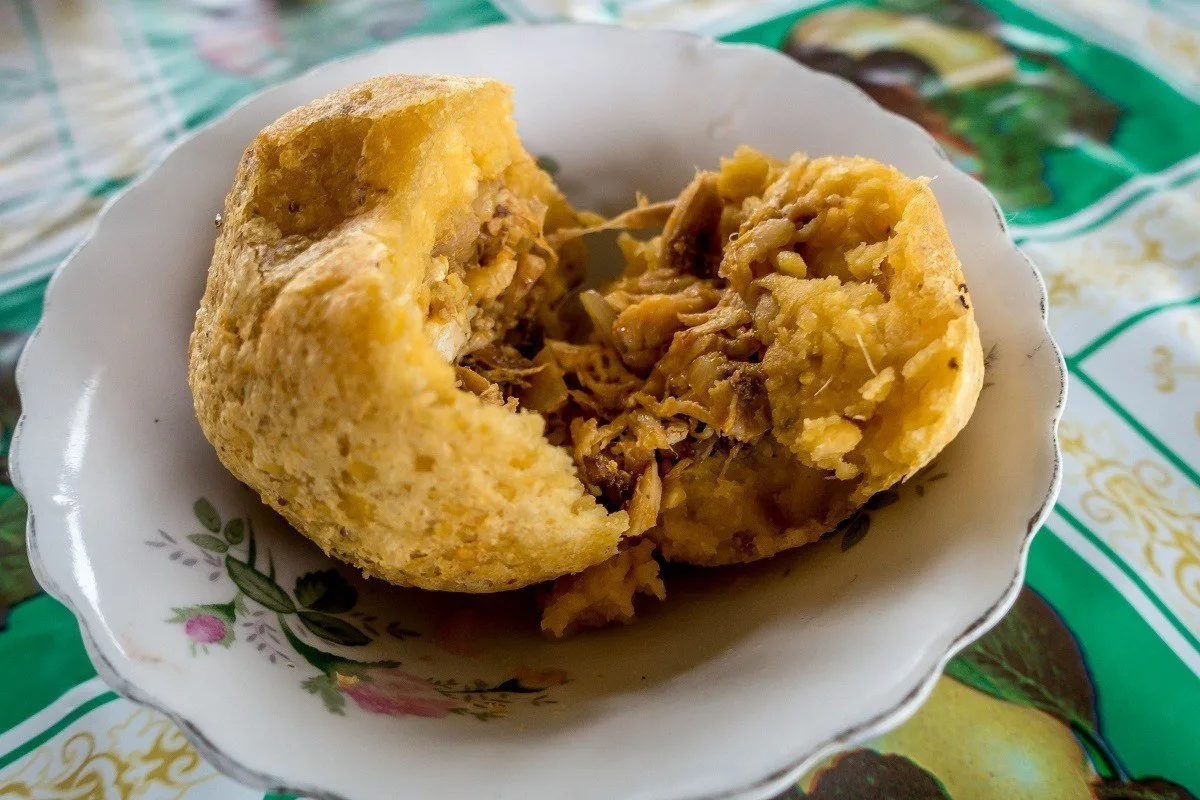
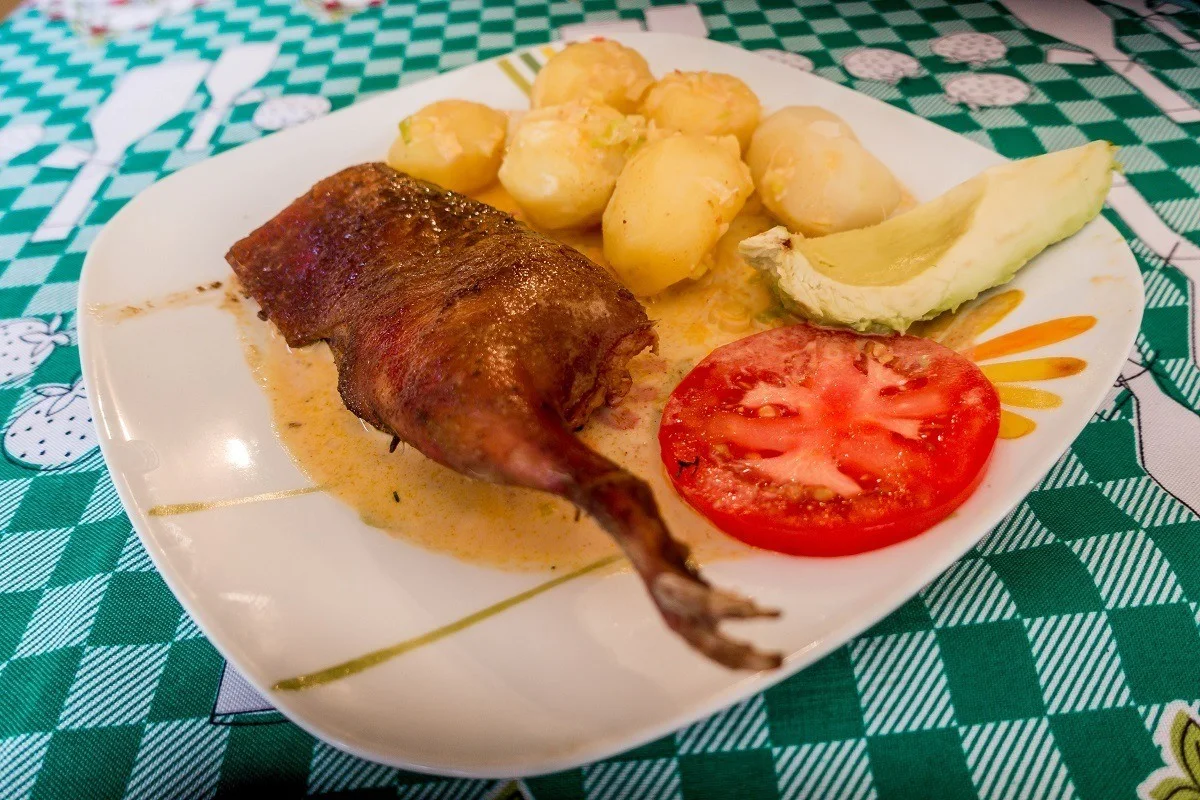
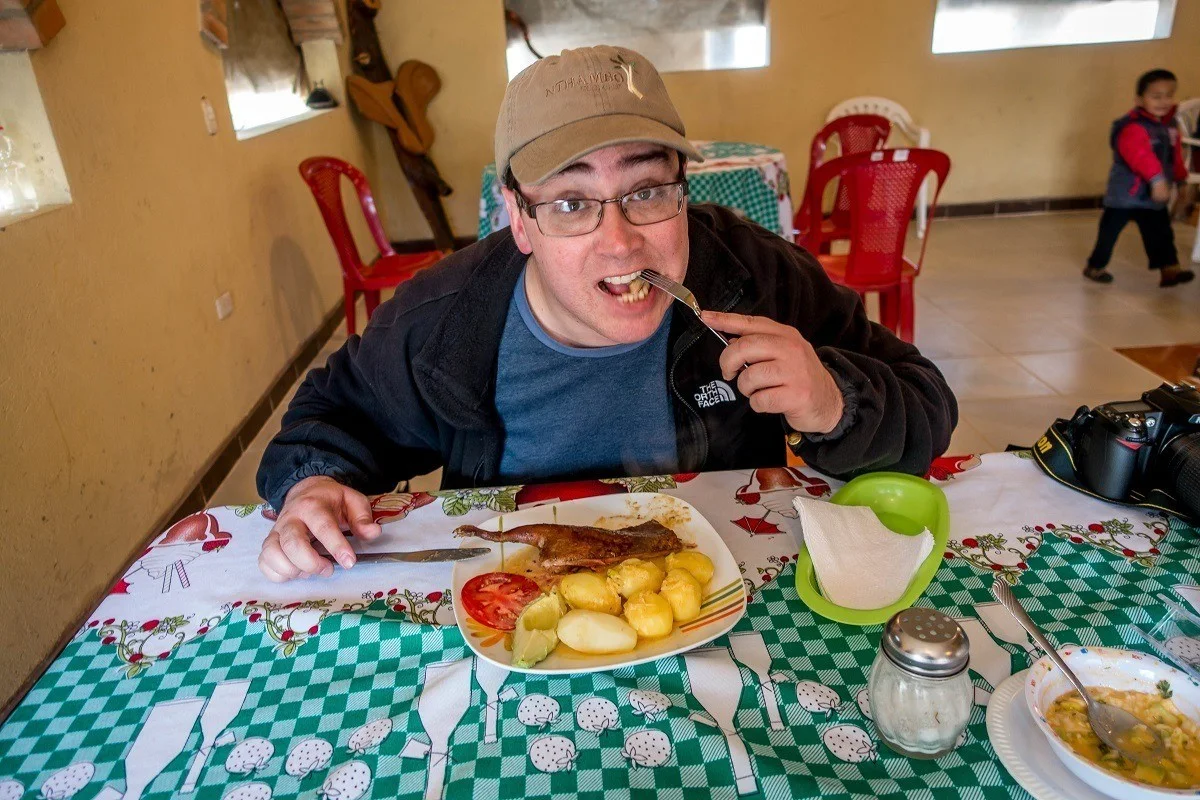
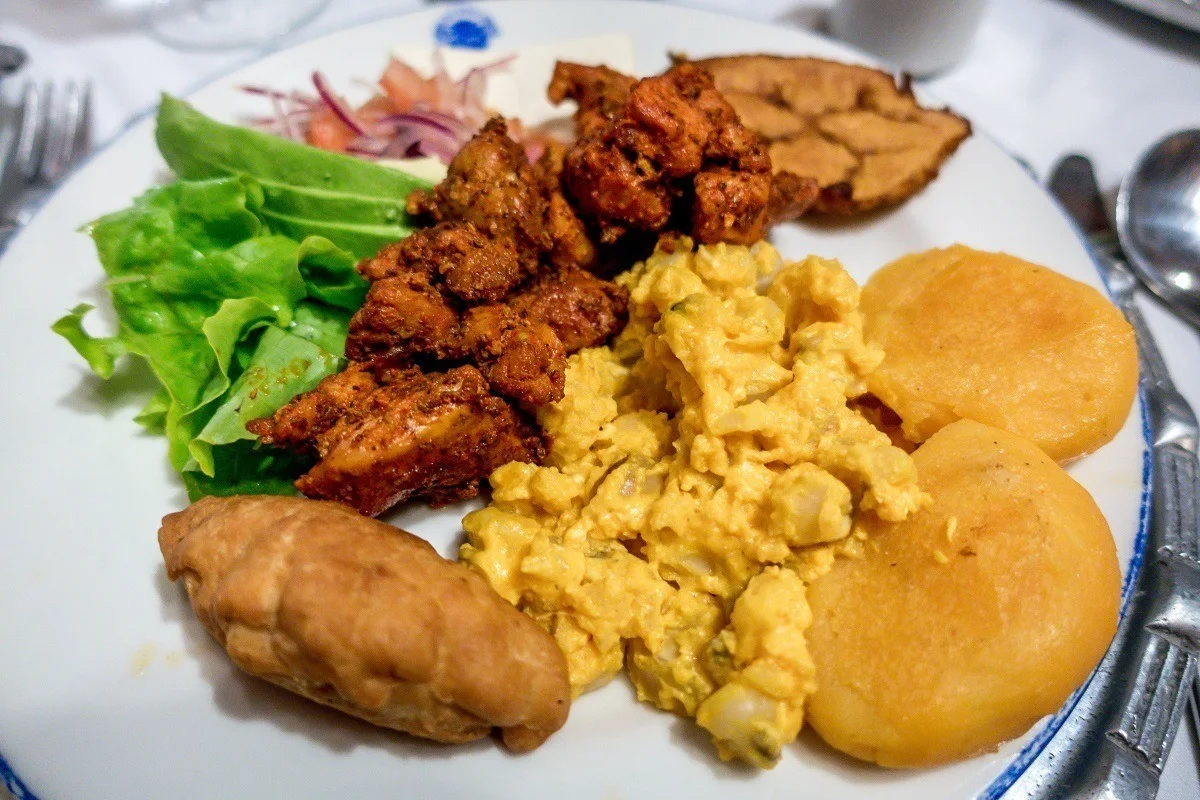
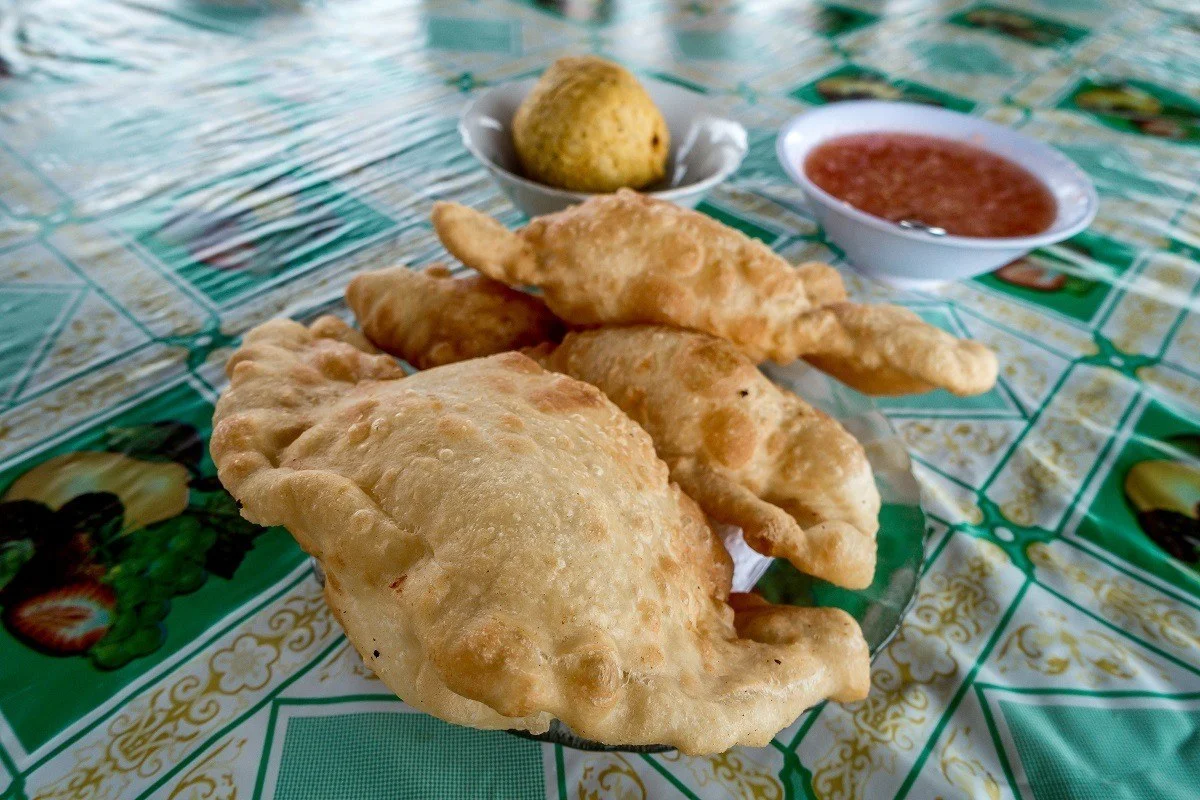
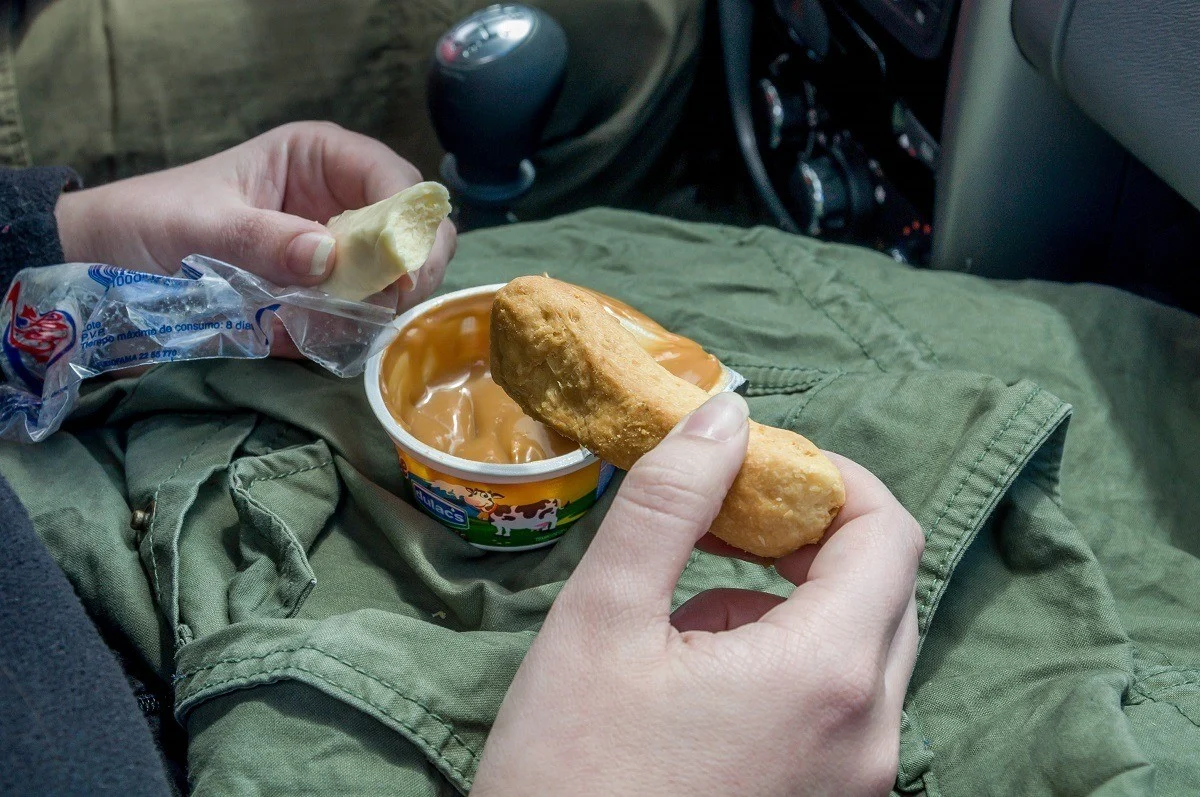
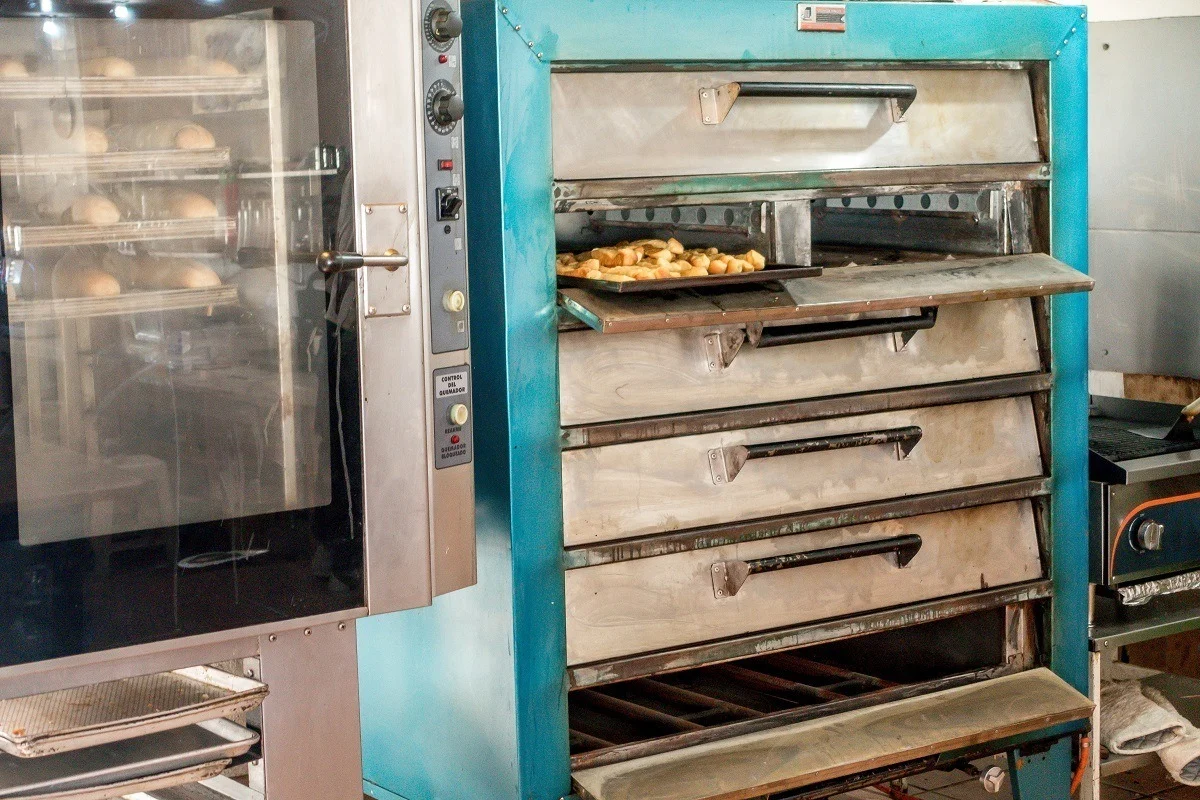
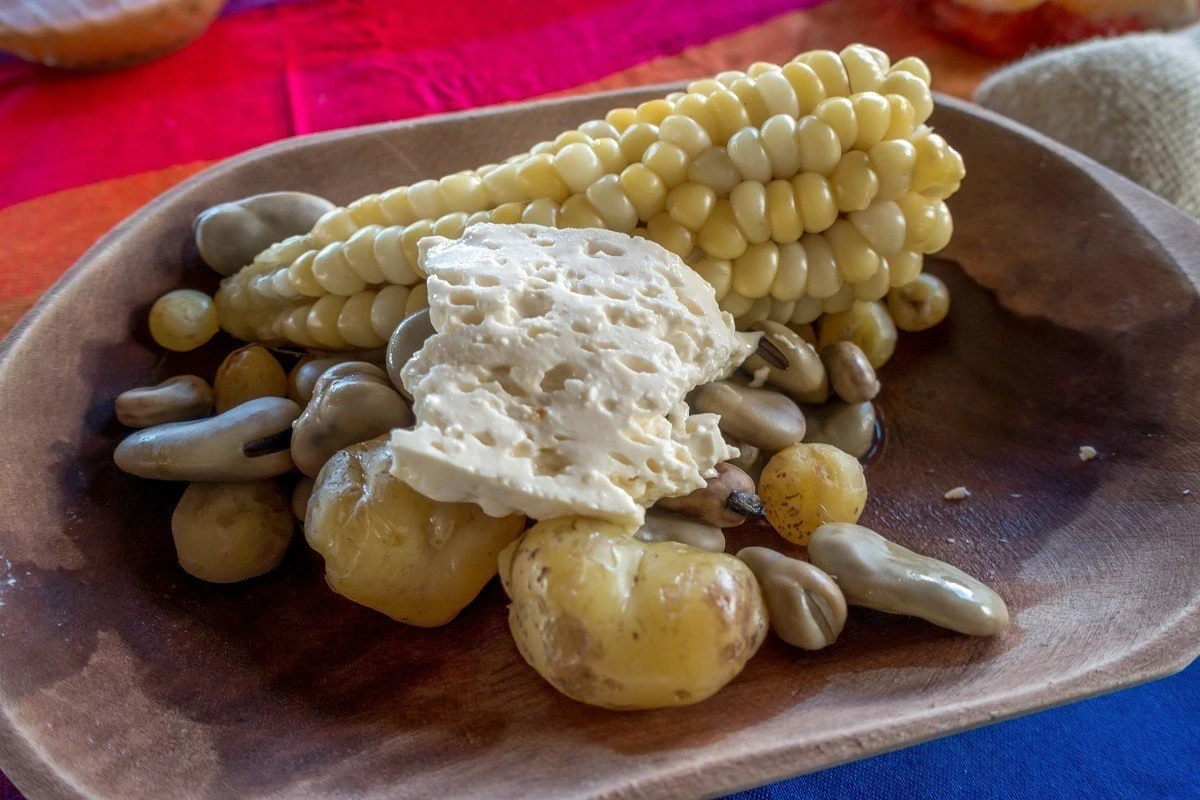
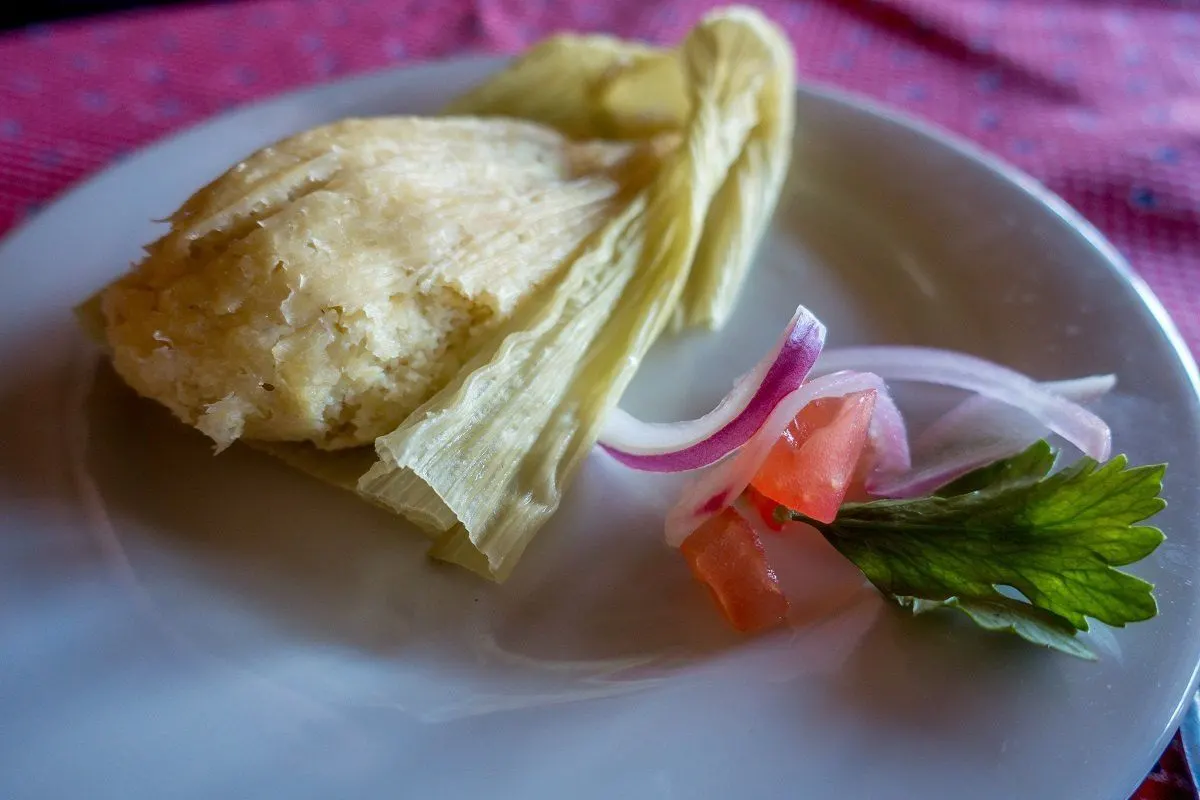
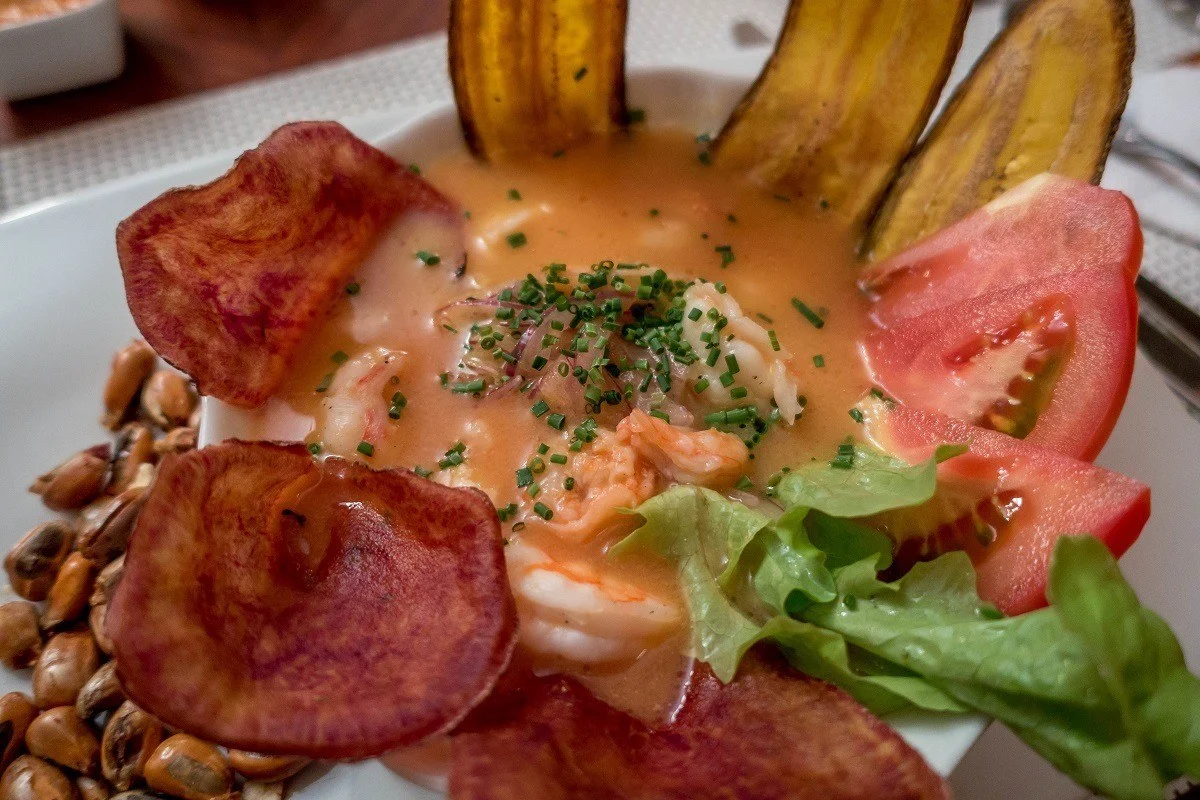
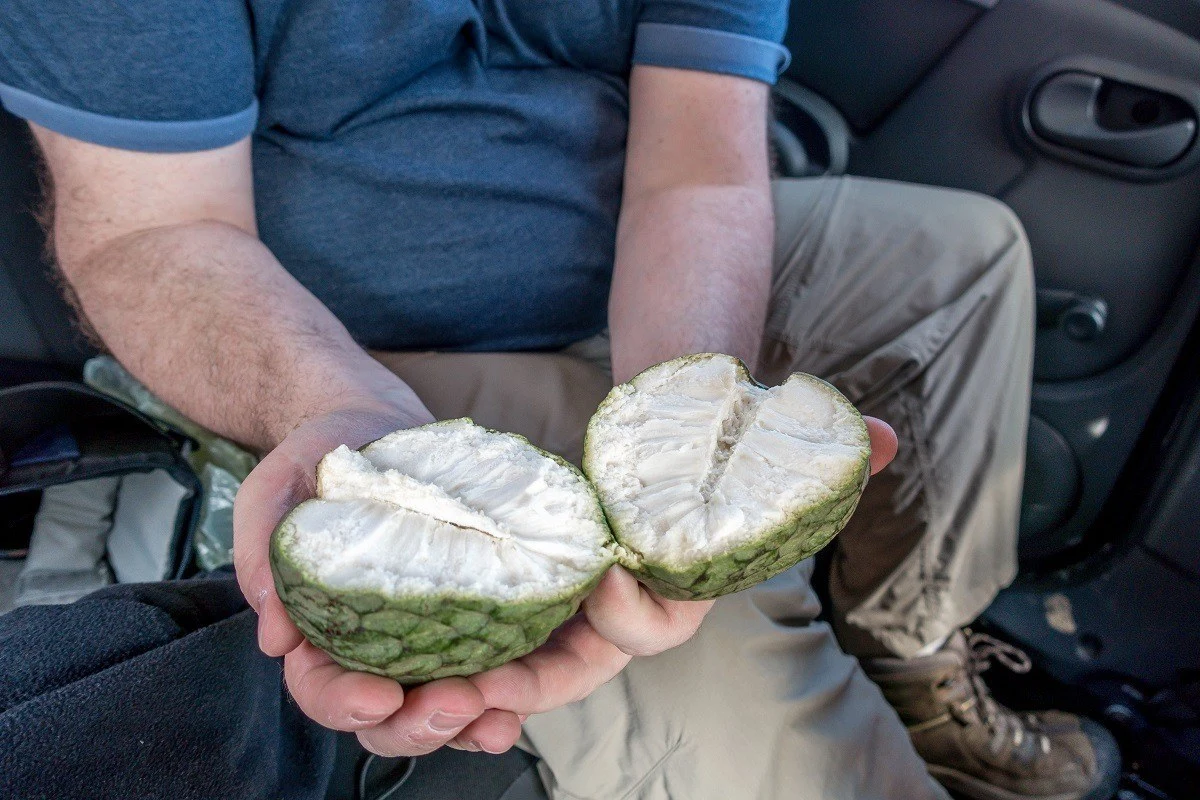
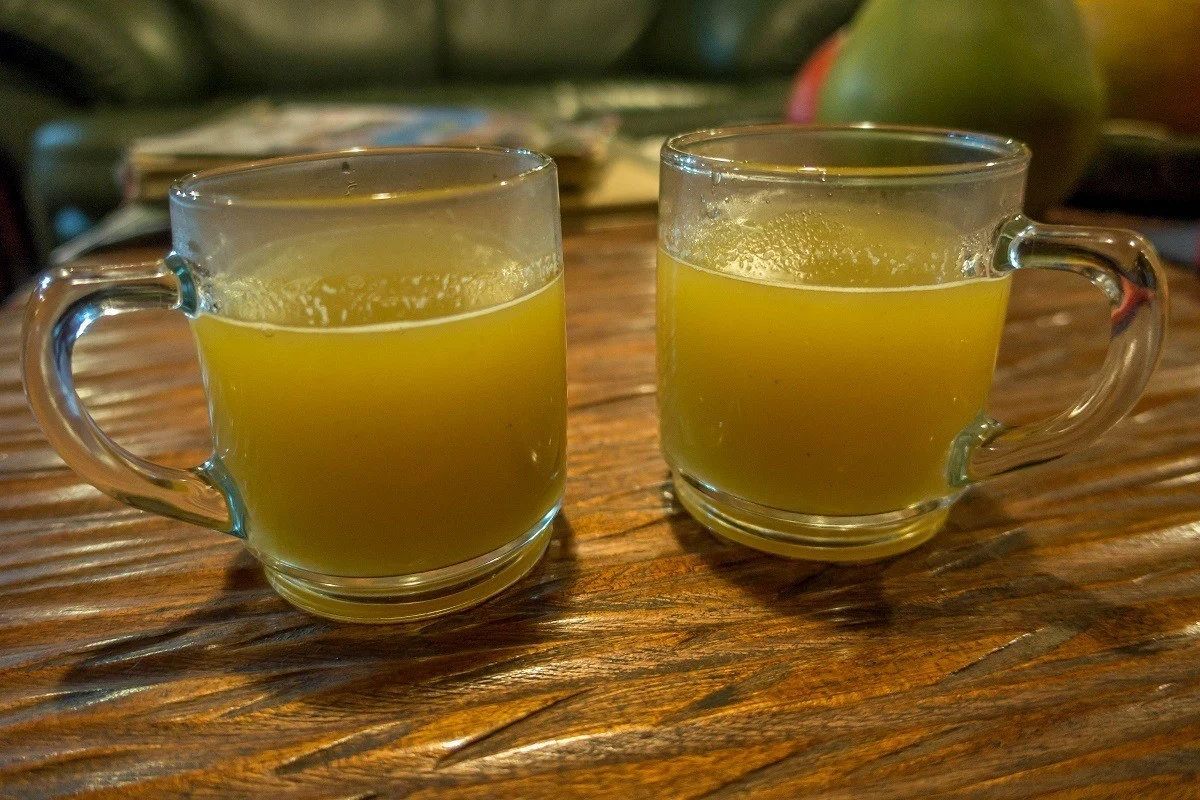
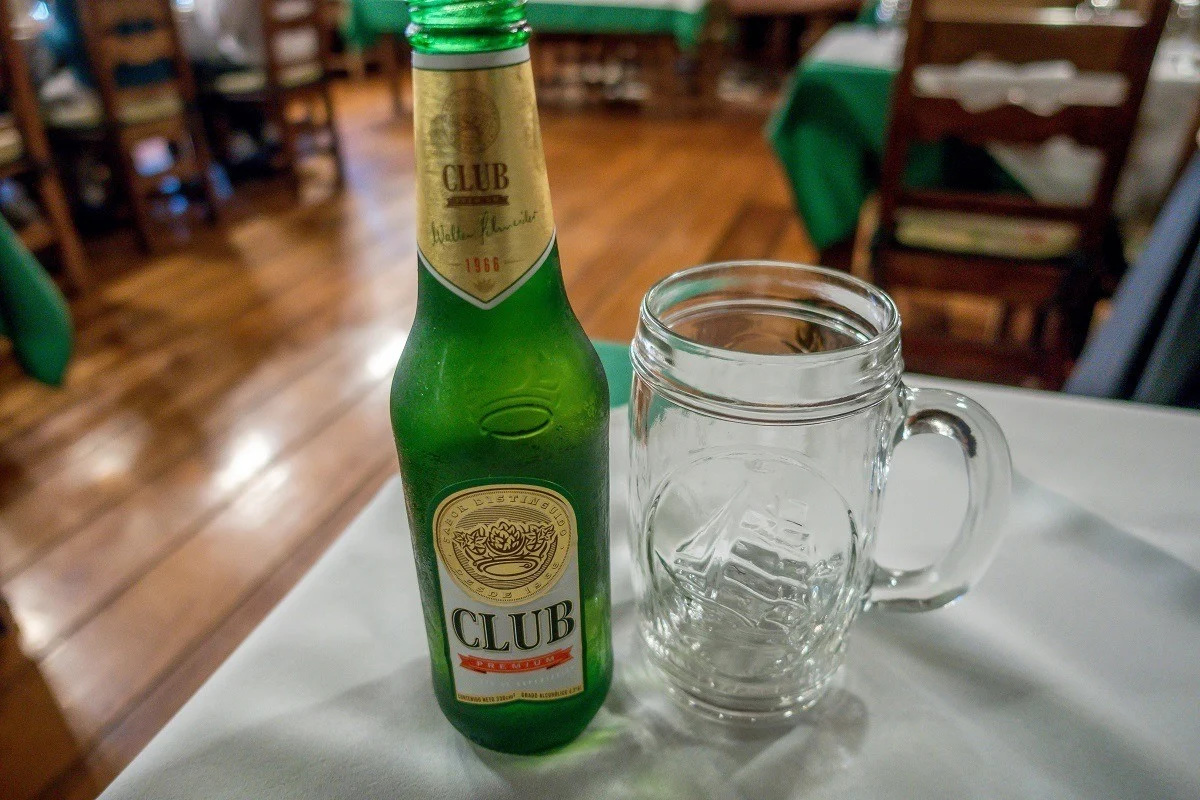
Briza
Monday 17th of April 2023
Well said, you perfectly described very ell everything. The list of the food you chose is very delicious. Chirimoya is one of my favorite fruits. El cuy is very popular especially in the south part of the country were now on days you can eat any day you want at resturants. The variety of fruits, breads and pastry is something that I still miss from my country. Next time visit the south, Cuenca I would say. Las humitas are wrapped and cooked steamed in the leaves of the same corn. Tamales are cooked in plantain leaves. Congratulations, I loved your post. ❤
JOSE IGNACIO VASCONEZ CARRASCO
Tuesday 24th of September 2019
This was so useful. There is a lot of new vocabulary and, at the same time, I can know more about Ecuadorian tradicional food. THANKS FOR SHARING IT.
Lindsay
Thursday 15th of August 2019
One of the most popular dishes (in the Amazon region) for celebrations is a whole pig. Families gather to eat the crackling which they cook with a blow torch! Then the whole pig is broken down and grilled over an open fire. It is served with mote (large boiled corn) and a salad of sliced tomatoes and red onions marinated in fresh lemon juice (the lemons look like oranges!) We also had delicious tilapia steamed in banana leaves in an area near Cuenca called Cajas.
Suzanne
Thursday 10th of January 2019
Are there any decent gluten free beers in Ecuador and maybe the Galapagos? How much are Ecuadorians into organic food? It sounds like you don't get too many vegetables but I did find a number of vegetarian restaurants
Lance Longwell
Thursday 17th of January 2019
We didn't really encounter any of the dietary corporate marketing fads in Ecuador. There's tons of wonderful, healthy vegetables like corn, tomatoes, potatoes, beans, etc. The food is fresh and healthy and tons of vegetables to be found! Enjoy!
Maggie
Monday 11th of December 2017
Forgot to mention llapingachos!